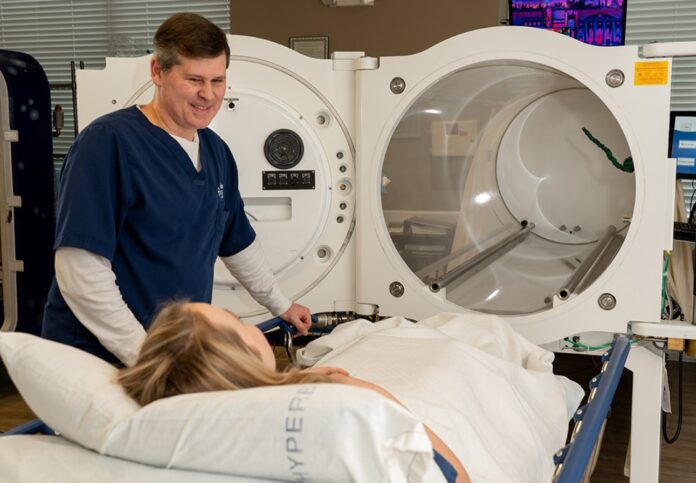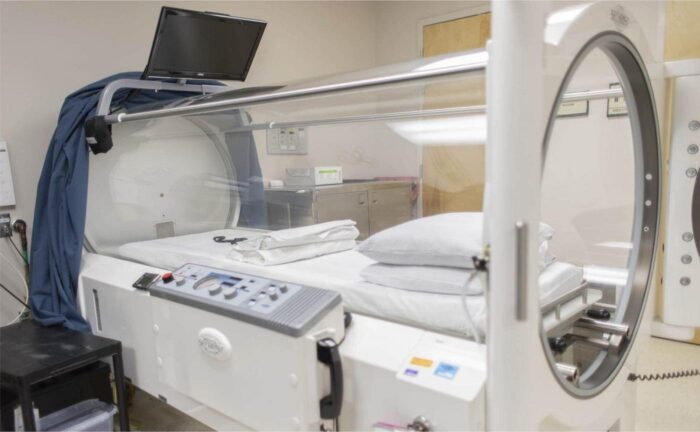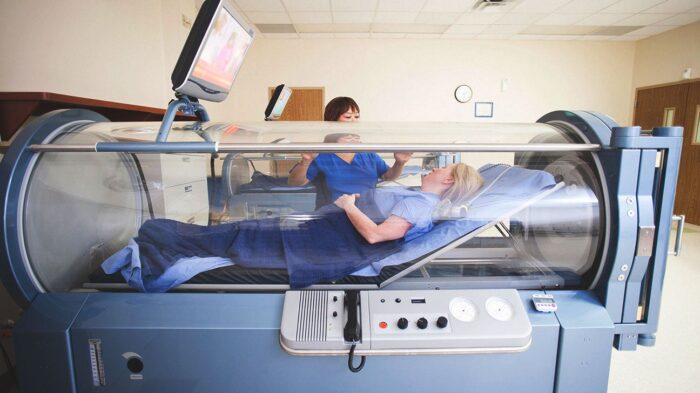
Hyperbaric Oxygen Therapy (HBOT) is a medical treatment that involves breathing pure oxygen in a pressurized room or chamber. It’s a well-recognized procedure for decompression sickness, a hazard of scuba diving.
Beyond this, it has a range of applications from treating serious infections, wounds that won’t heal as a result of diabetes or radiation injury, to conditions such as carbon monoxide poisoning.
This post explores the success rate of HBOT, offering insights directly from healthcare professionals.
Efficacy of HBOT Across Different Conditions

The effectiveness of Hyperbaric Oxygen Therapy can vary significantly depending on the condition it’s being used to treat. Doctors point out that while HBOT shows promising results in certain areas, it’s crucial to set realistic expectations.
HBOT is garnering attention for its potential advantages in the realm of neurological conditions, encompassing brain injuries and the journey toward recovery post-stroke.
Medical experts are careful to note that while outcomes can diverge from one individual to another, there is compelling evidence to suggest HBOT’s capability in elevating the quality of life for those recuperating from strokes.
This is achieved through the enhancement of brain function and the stimulation of neuroplasticity, aspects critical to recovery.
Quantifying success rates within this domain poses a challenge, attributed to the intricate nature of brain injuries and the wide spectrum of patient responses.
Nonetheless, certain studies have indicated that stroke survivors who undergo HBOT, including those who have sought treatment in specialized facilities like a hyperbaric chamber Beverly Hills, exhibit marked improvements in both cognitive and physical functions.
The inclusion of such high-caliber treatment centers underscores the accessibility and applicability of HBOT in aiding neurological recoveries, highlighting the therapy’s promising horizon in medical science.
Recommendations and Considerations from Healthcare Professionals

When considering HBOT, it’s essential to consult with a healthcare provider to understand the potential benefits and limitations of the therapy for your specific condition.
Doctors emphasize the importance of individualized treatment plans and realistic expectations.
Not every patient or condition is suitable for Hyperbaric Oxygen Therapy. Medical experts advise that thorough medical evaluation is necessary to determine if HBOT is an appropriate treatment option.
Factors such as the type and severity of the condition, overall health status, and potential risks or side effects are taken into consideration.
For conditions like chronic wounds, where HBOT has a high success rate, patient selection plays a critical role in achieving positive outcomes.
Conclusion

Hyperbaric Oxygen Therapy presents a promising option for treating a variety of conditions, offering hope where traditional treatments may have fallen short.
Its success rate is particularly notable in the healing of diabetic foot ulcers and the management of chronic wounds.
However, as with any medical treatment, outcomes can vary based on a multitude of factors, including the condition being treated, patient health, and adherence to therapy protocols.
Engaging with medical experts to explore whether HBOT is suitable for your specific needs is a critical step toward harnessing its potential benefits.
With ongoing research and clinical trials, the scope of HBOT’s efficacy continues to expand, providing valuable insights and improved treatment outcomes for patients worldwide.








